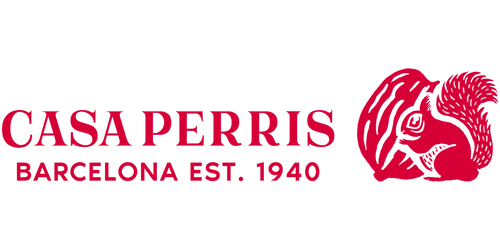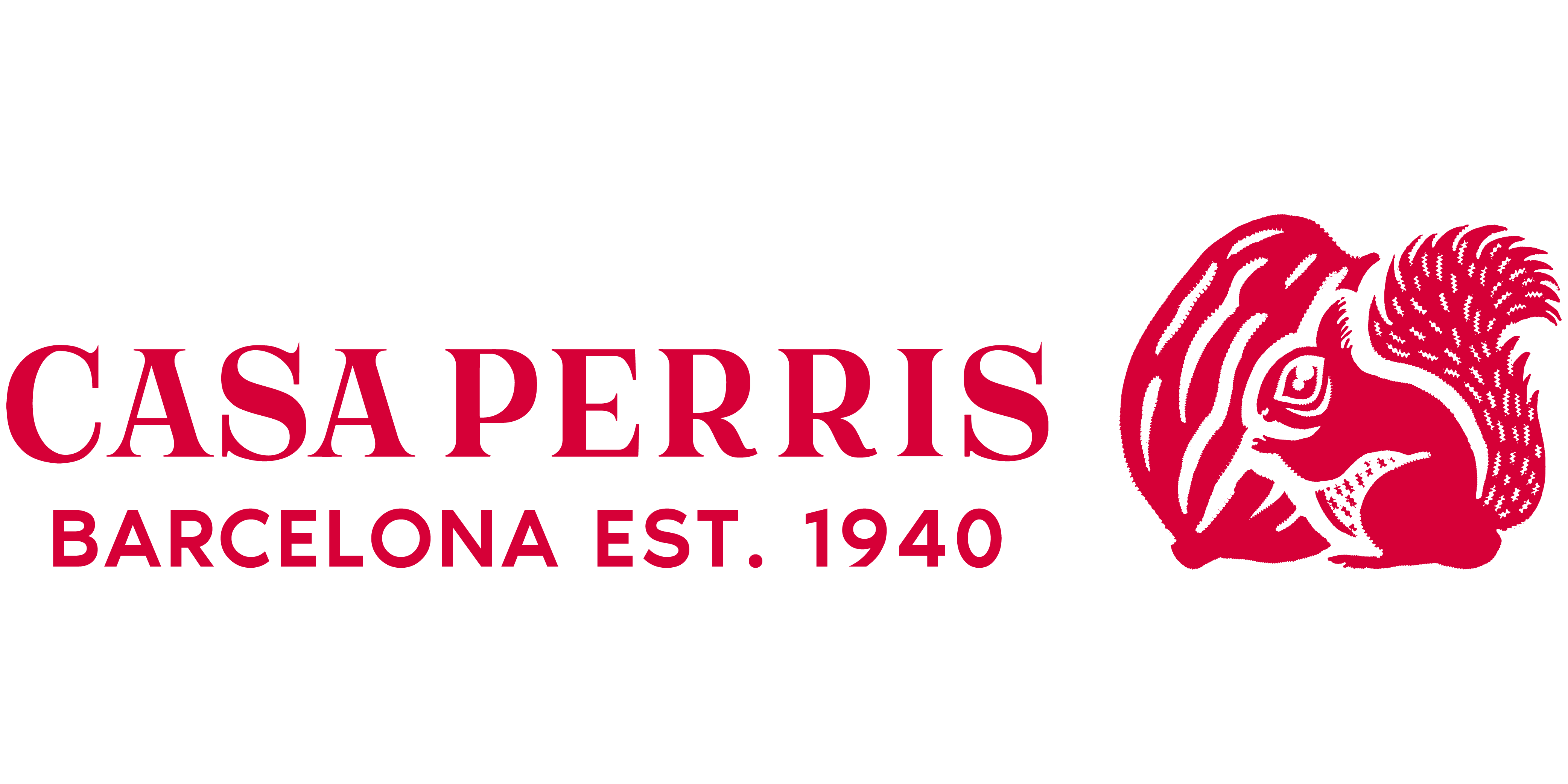Seaweed from Galicia is a product that is gaining momentum in the national and international market, to the point that it seeks to displace seaweed from Japan, a country with a potential history of seaweed production.
Seaweed cultivation projects began in Spain, specifically in the region of Galicia, at the end of the 1970s. They sought to take advantage of the immense potential of this coastal area for having a great diversity of marine macroalgae species.
Initially, the exploitation of algae was aimed at manufacturing food for agricultural purposes; it was even part of the diet of numerous families in economically difficult times to alleviate hunger. The evolution of their studies has allowed their consumption to be industrialized, obtaining compounds such as iodine and inorganic salts such as potash for pharmaceutical and military use.
Since then, the research, production, exploitation, marketing and distribution of algae has been the subject of various regulations by the state in order not to alter the natural ecosystem of marine biodiversity. This is how at least 3 varieties of edible seaweed have been allowed, preferred for their properties and respect for the environment: sea spaghetti, wakame and barnacle seaweed.
sea spaghetti
Known by its scientific name as Himanthalia eleongata and in various countries as: thongweed, whether thong, ribbons or straps. It has been part of numerous investigations, highlighting the project: 'Food seaweed from Galicia' which involved not only scientists, but also producers and chefs with the intention of promoting its cultivation and its definitive inclusion in gastronomy.
 see in store
Sea spaghetti is recognized for its composition rich in fiber and iron
see in store
Sea spaghetti is recognized for its composition rich in fiber and iron . In addition, it can be consumed naturally or cooked without altering its flavor. With a powerful sea flavor and a firm, meaty texture, they make it a substitute for seafood in vegan and vegetarian food.
Among the properties that we can highlight, we find that it is an algae that
concentrates at least 10 times more than the iron present in legumes , positioning itself as the main food to avoid anemia. In addition, it contains significant amounts of calcium, phosphorus and potassium.
In the kitchen, the dish 'Sea spaghetti with garlic, with carrots' is recognized as one of the most delicious dishes prepared with this type of seaweed.
Wakame
Its scientific name is 'Undaria pinnatifida', although it is commonly called gulf, it is a type of seaweed that carries an oriental tradition deeply rooted in Asian culinary culture. Its abundance on the coasts of Galicia has made it a kind of vegetable on the daily table of Galicians. Appearing most frequently in salads, soups, rice, empanadas. It is one of the most versatile algae among edible algae, since it provides almost unlimited use in gastronomy.
 see in store
see in store
The ways to find it in the market are in natural or dried presentation. Its color is brown and green, its flavor, appreciated by a large number of palates, is slightly iodized. In terms of its nutritional composition, it is positioned as a
primary source of vitamins, minerals and carotenoids , opening the doors to healthy nutrition in European, American and northern Australian and Asian markets.
Among its benefits
, its great slimming power stands out, capable of suppressing appetite thanks to the presence of soluble fibers . The presence of fucoxanthin gives wakame an intense antioxidant power, protecting cells from free radical attacks. It is also capable of reducing the risk of suffering a stroke and controls the development of diseases such as obesity, diabetes, among others.
In gastronomy, wakame has infinite use, consequently you can use it in salads, pastas, rice, fish, as a main dish, as a side dish, stews, creams, etc.
barnacle algae
Its scientific name is 'codium tomentosum' and it is also known in other latitudes as sea branch or codium algae. This algae is striking for its upright, rounded position, elastic consistency and intense green color. It comes with a meaty texture and unmistakable flavor that resembles the Galician barnacle, hence the origin of its name.
In the market it is found fresh as the main presentation, it is even recommended to eat it raw to appreciate its flavor, which is completely different from the rest of the seaweed.
 see in store
see in store
It is an algae rich in oxalic acid, phenolic compounds, with a high calcium and fiber content, which makes this algae an important food for athletes' diets. In gastronomy it is recognized as a healthy alternative that combines with everything.
In short,
eating seaweed has become a healthy and healthy alternative to eating , the best thing is that you don't need to maintain a vegan diet, it works for everyone!
 see in store
Sea spaghetti is recognized for its composition rich in fiber and iron . In addition, it can be consumed naturally or cooked without altering its flavor. With a powerful sea flavor and a firm, meaty texture, they make it a substitute for seafood in vegan and vegetarian food.
Among the properties that we can highlight, we find that it is an algae that concentrates at least 10 times more than the iron present in legumes , positioning itself as the main food to avoid anemia. In addition, it contains significant amounts of calcium, phosphorus and potassium.
In the kitchen, the dish 'Sea spaghetti with garlic, with carrots' is recognized as one of the most delicious dishes prepared with this type of seaweed.
see in store
Sea spaghetti is recognized for its composition rich in fiber and iron . In addition, it can be consumed naturally or cooked without altering its flavor. With a powerful sea flavor and a firm, meaty texture, they make it a substitute for seafood in vegan and vegetarian food.
Among the properties that we can highlight, we find that it is an algae that concentrates at least 10 times more than the iron present in legumes , positioning itself as the main food to avoid anemia. In addition, it contains significant amounts of calcium, phosphorus and potassium.
In the kitchen, the dish 'Sea spaghetti with garlic, with carrots' is recognized as one of the most delicious dishes prepared with this type of seaweed.
 see in store
The ways to find it in the market are in natural or dried presentation. Its color is brown and green, its flavor, appreciated by a large number of palates, is slightly iodized. In terms of its nutritional composition, it is positioned as a primary source of vitamins, minerals and carotenoids , opening the doors to healthy nutrition in European, American and northern Australian and Asian markets.
Among its benefits , its great slimming power stands out, capable of suppressing appetite thanks to the presence of soluble fibers . The presence of fucoxanthin gives wakame an intense antioxidant power, protecting cells from free radical attacks. It is also capable of reducing the risk of suffering a stroke and controls the development of diseases such as obesity, diabetes, among others.
In gastronomy, wakame has infinite use, consequently you can use it in salads, pastas, rice, fish, as a main dish, as a side dish, stews, creams, etc.
see in store
The ways to find it in the market are in natural or dried presentation. Its color is brown and green, its flavor, appreciated by a large number of palates, is slightly iodized. In terms of its nutritional composition, it is positioned as a primary source of vitamins, minerals and carotenoids , opening the doors to healthy nutrition in European, American and northern Australian and Asian markets.
Among its benefits , its great slimming power stands out, capable of suppressing appetite thanks to the presence of soluble fibers . The presence of fucoxanthin gives wakame an intense antioxidant power, protecting cells from free radical attacks. It is also capable of reducing the risk of suffering a stroke and controls the development of diseases such as obesity, diabetes, among others.
In gastronomy, wakame has infinite use, consequently you can use it in salads, pastas, rice, fish, as a main dish, as a side dish, stews, creams, etc.
 see in store
It is an algae rich in oxalic acid, phenolic compounds, with a high calcium and fiber content, which makes this algae an important food for athletes' diets. In gastronomy it is recognized as a healthy alternative that combines with everything.
In short, eating seaweed has become a healthy and healthy alternative to eating , the best thing is that you don't need to maintain a vegan diet, it works for everyone!
see in store
It is an algae rich in oxalic acid, phenolic compounds, with a high calcium and fiber content, which makes this algae an important food for athletes' diets. In gastronomy it is recognized as a healthy alternative that combines with everything.
In short, eating seaweed has become a healthy and healthy alternative to eating , the best thing is that you don't need to maintain a vegan diet, it works for everyone!


